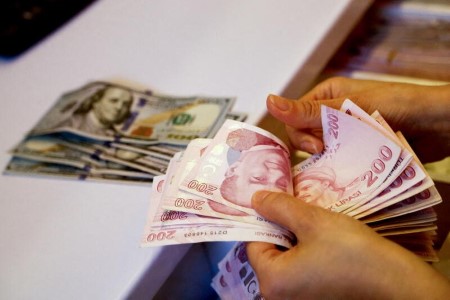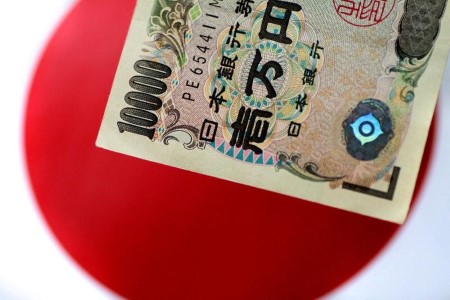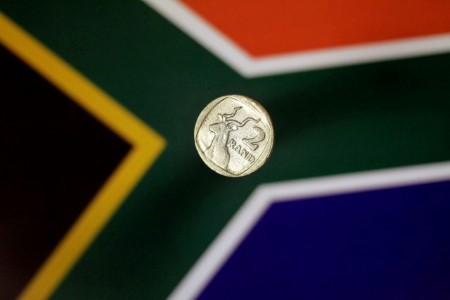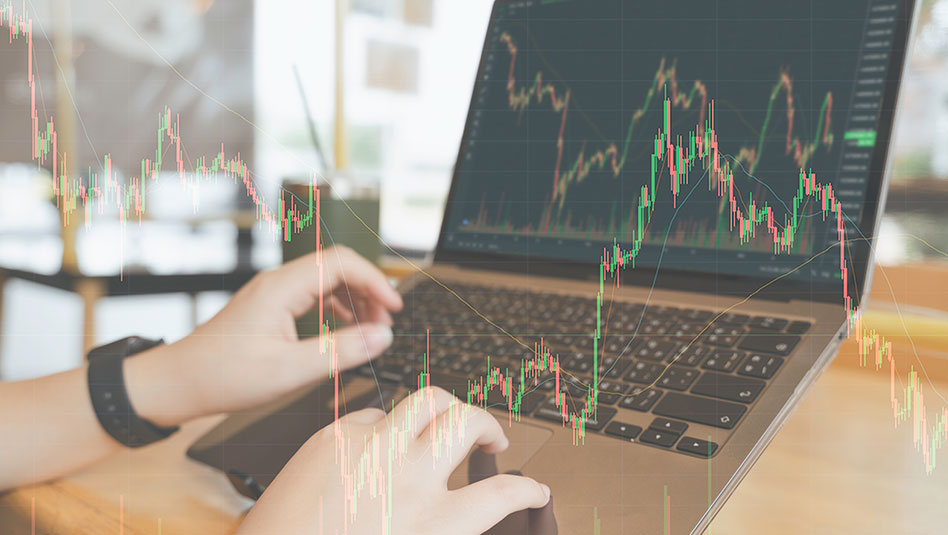May 13 (Reuters) – Altus Property Ventures:
Source text for Eikon: ID:nPSX4gx8JP
Further company coverage: APVI.PS
((Reuters.Briefs@thomsonreuters.com;))
May 13 (Reuters) – Rizal Commercial Banking:
-
QTRLY NET INCOME ATTRIBUTABLE 2,141 MILLION PESOS VERSUS 1,580 MILLION PESOS
-
QTRLY GROSS REVENUE 9,902 MILLION PESOS VERSUS 8,313 MILLION PESOS
Source text for Eikon: ID:nPSXcfKSzt
Further company coverage: RCB.PS
((Reuters.Briefs@thomsonreuters.com;))
May 13 (Reuters) – AC Energy :
Source text for Eikon: ID:nPSX86wFMW
Further company coverage: ACEN.PS
((Reuters.Briefs@thomsonreuters.com;))
May 13 (Reuters) – ACE Enexor:
Source text for Eikon: ID:nPSXfQRVj
Further company coverage: ACEX.PS
((Reuters.Briefs@thomsonreuters.com;))
May 13 (Reuters) – Philippine Savings Bank PSB.PS:
Source text for Eikon: ID:nPSXb5hJWN
Further company coverage: PSB.PS
((Reuters.Briefs@thomsonreuters.com;))
May 13 (Reuters) – Philippine National Bank:
-
QTRLY GROSS REVENUE 12.36 BILLION PESOS VERSUS 13.51 BILLION PESOS
-
QTRLY NET INCOME ATTRIBUTABLE 2.80 BILLION PESOS VERSUS 1.77 BILLION PESOS
-
QTRLY NET INTEREST INCOME OF 8.5 BILLION PESOS, UP 3%
-
QTRLY TOTAL COMMON EQUITY TIER 1 RATIO AT 14%
Source text for Eikon: ID:nPSXj7Stl
Further company coverage: PNB.PS
((Reuters.Briefs@thomsonreuters.com;))
May 13 (Reuters) – Discovery World Corp:
Source text for Eikon: ID:nPSX6RtSH5
Further company coverage: DWC.PS
((Reuters.Briefs@thomsonreuters.com;))

ISTANBUL, May 13 (Reuters) – The Turkish lira dipped for the seventh consecutive session against the dollar on Friday, bringing its losses to nearly 5% since last Wednesday and heading towards the record lows hit last December.
The lira TRYTOM=D3 weakened as far as 15.4675 against the U.S. currency and stood at 15.4410 at 0707 GMT. It has lost some 15% of its value this year, on top of a 44% slide in 2021.
The slump has left traders predicting that authorities are targeting a new level – as weak as 15.5 to the dollar – in a months-long effort to stabilise the exchange rate using its depleted reserves together with other measures. nL5N2X4330
(Reporting by Daren Butler; Editing by Jonathan Spicer)
((daren.butler@tr.com; +90-212-350 7053; Reuters Messaging: daren.butler.thomsonreuters.com@reuters.net))

TOKYO, May 13 (Reuters) – Japanese government bond (JGB) yields on Friday tracked overnight declines in U.S. Treasury yields as the bond market weighed the odds of the Fed keeping the economy from lurching into recession while looking to tame rising inflation. US/
The 10-year JGB yield JP10YTN=JBTC fell 0.5 basis point to 0.240% and the 20-year JGB yield JP20YTN=JBTC fell 2 basis points to 0.740%.
“Even as inflation remains high, expectations that yields on U.S. and German bonds might have peaked their highs could prompt investors to buy Japanese bonds at their dent,” said Katsutoshi Inadome, senior bond strategist at Mitsubishi UFJ Morgan Stanley Securities.
The 30-year JGB yield JP30YTN=JBTC fell 1 basis point to 0.995%.
The 40-year JGB yield JP40YTN=JBTC fell 1.5 basis point to 1.110%.
The two-year JGBs were not traded and the yield JP2YTN=JBTC was flat at -0.055%.
The five-year yield JP5YTN=JBTC fell 0.5 basis point to 0.005%.
Benchmark 10-year JGB futures 2JGBv1 rose 0.07 point to 149.54, with a trading volume of 16,283 lots.
(Reporting by Tokyo markets team;
Editing by Vinay Dwivedi)
((813-4563-2711, junko.fujita@thomsonreuters.com, Reuters Messaging:junko.fujita.reuters.com@reuters.net;))

JOHANNESBURG, May 13 (Reuters) – South Africa’s rand firmed in early trade on Friday, extending gains made in the previous session despite a stronger dollar and data pointing to continued weakness in the domestic economy.
At 0540 GMT, the rand ZAR= was trading at 15.9900 against the dollar, 0.67% firmer than its previous close.
The currency stayed resilient against the dollar, which remains near 20-year highs, and was not largely moved by data released on Thursday showing that March mining output fell more than expected, and manufacturing production also declined year-on-year.
Market participants are now awaiting South Africa’s Reserve Bank monetary policy committee meeting next week.
A Reuters poll forecasted that the central bank is set to make its first 50 basis point hike to its repo rate in more than six years on Thursday, taking it to 4.75%, to prevent potential second-round effects from higher consumer prices.nL5N2X398J
A hike could support the rand, at a time when investors are also assessing how aggressive the U.S. Federal Reserve policy path will be after it raised its benchmark overnight interest rate by 50 basis points last week.
(Reporting by Olivia Kumwenda-Mtambo; Editing by Subhranshu Sahu)
((Olivia.Kumwenda@thomsonreuters.com; +27 10 346 1084;))







 DOWNLOAD
DOWNLOAD






